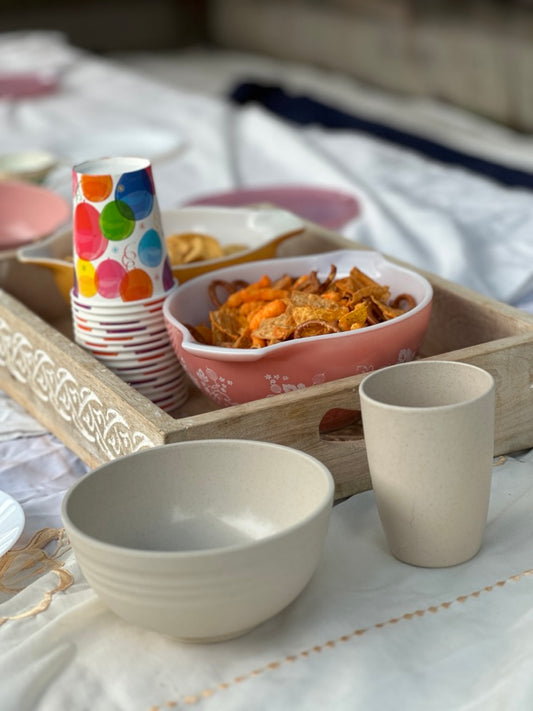Plastic is one of the biggest environmental pollutants. Oil-based plastics are usually kept apart from food waste before being dumped since they are not always biodegradable. Consequently, this pollution harms the environment. Traditional plastics, which are bad for the environment, other creatures, and people, are currently the most popular product. We must immediately transition to polymers that degrade spontaneously. The creation of biodegradable polymers as a way to reduce the health dangers typical plastic causes to both humans and the environment may have been spurred by the widespread use of traditional plastic.
What are Wheat Straw Plastics and Traditional plastics?
Bread, flour, and wheat gluten are just a few of the many basic foods made from wheat. Straw is often thrown away after wheat is harvested, but it may be recycled into plastic for a zero-waste process. The cellulose in wheat straw is used to make plastic. This interaction allows for the development of several types of polymers. Traditional polymers as in traditional plastics on the other hand, are mostly used because they are inexpensive and easily accessible (they are generated from fossil fuels). Products constructed of plastic are highly valued due to their lightweight nature. Plastics' adaptability makes them useful in many different fields. Common examples of widespread uses include bundling, inventions, transportation, the electric and electrical industry, gardening, medical, and sports.
How was it processed?
Composites derived from microalgae biomass, vegetable fats and oils, maize starch, straw, woodchips, sawdust, recovered food waste, and other materials are all possible examples of bioplastic. Items are produced using thermal-mechanical techniques. However, traditional plastics begin life as petroleum gas and oil, which must be refined into more valuable compounds like ethane and propane before they can be used to create finished products. In the breaking cycle, ethane and propane are heated and transformed into ethylene and propylene, respectively. A broad range of these constituents may be fused together to form polymers.
What are the main differences between wheat straw plastics and traditional plastics?
Wheat straw may be used to make biodegradable plastics, which are preferable to traditional plastics since they are renewable and do not affect the environment when they decompose. Conventional plastic is a key contributor to various climate concerns, but biodegradable plastic has low greenhouse gas (GHG) emissions. Biodegradable plastic often consumes low percentages of fossil fuel use, in contrast to traditional plastics' comparably greater percentages of consumption, which is associated with many ozone layer issues. Before anything else, it's important to note that the use of petroleum products results in a significant amount of carbon dioxide being released into the atmosphere. Ozone-depleting substances function as a heat trap, which causes unpredictable weather. In contrast to traditional plastics, these biodegradable polymers may be disposed of in a specific way. Lastly, as compared to their biodegradable cousins, conventional plastics are far cheaper. In contrast, the price of a quality product may be more than the price of a poor one. Therefore, you need to choose a camp and stick with it.
It's probable that not all of the environmental issues caused by plastics can be resolved by biodegradable polymers. However, given the urgent need to quickly develop new biodegradable polymers, this is still a positive development. After all, there has never been a better time to progress biopolymer research and development, with people's perspectives on environmental responsibility constantly changing. Due to their many advantages over conventional plastic products, such as their ability to decompose naturally, be produced from common, sustainable resources, be reused or repurposed, be applied to the soil or consumed without posing any health risks, etc. Bio-plastics are a fantastic replacement for those products.





